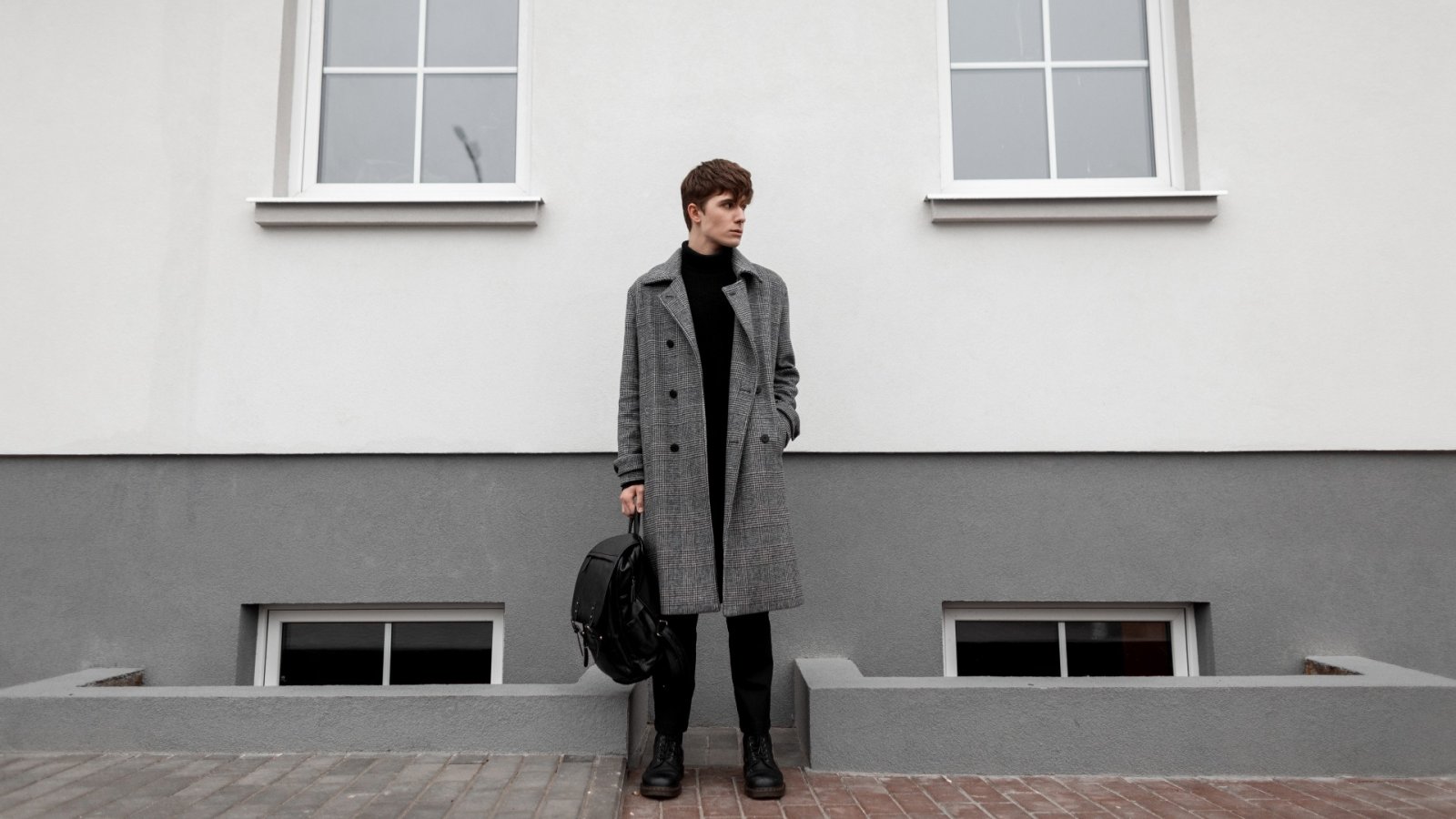After conducting thorough research on material composition, product rating, and price, we have compiled a list of the best winter coats for men.
The fabric
While high wool counts are generally desirable for cloth quality, don't let the inclusion of polyester and synthetic fibers deter you when shopping for winter outerwear. Unlike when shopping for a suit or clothing for warmer weather, natural fibers like wool, cotton, silk, and linen may not necessarily be the best choice for the wearer in terms of retaining heat. Although natural fibers are considered better for the environment, it's difficult to find reasonably priced outerwear that doesn't contain at least 25% polyester or other synthetic fibers like nylon or rayon. Polyester is known for its strength and flexibility, and its lack of breathability which can be an issue in the summer can be an advantage for wearers looking to stay warm during the winter.
In terms of their length and level of formality, pea coats, car coats, walker coats, and overcoats can be differentiated.
The product titles below may have inconsistent naming conventions from brands and retailers. Some coats listed as car coats may be longer than traditional ones, while some walker coats may be titled as topcoats. To simplify, we've categorized them by length.
In the past, topcoats and overcoats were defined by their length and weight. Topcoats were made of lighter-weight materials and ended at or above the knee, while overcoats were slightly heavier and longer. However, today these terms are often used interchangeably by brands and retailers to describe longer coats that fall below the middle thigh.
The pea coat has been a winter wardrobe essential since the 1720s when it first appeared as a protective garment for British and Dutch naval sailors against the North Sea's fierce weather conditions. The original coat was made of thick, durable wool and featured a double-breasted, short-length design with a wide collar that could be turned up for added warmth. Today, the pea coat remains a classic and timeless piece of outerwear, but with modern updates. It is now made with lighter materials such as wool, cashmere, cotton, and alpaca that cater to the needs of modern wearers who aren't braving the high seas. Its design is both elegant and functional, and its military origins have inspired fashion designers to adapt its masculine and functional style into everything from streetwear to black tie. The pea coat is a staple for both men and women due to its ability to provide cold-weather protection, its timeless design, and its versatility to dress up or down for any occasion.
Pea coats are versatile enough to be paired with casual or dressier attire, making them suitable for a wide range of occasions. But if the pea coat was born at sea, the car coat was created on land as a warm outer layer for motorists and soon became as ubiquitous as cars themselves. Although the term has been used interchangeably over the last century, the modern marketing use generally refers to a short, casual jacket that works well for a hard day of work in the snow or paired with a cardigan and tie for an evening holiday party. Most car coats have a standard flap collar, but some may feature notch lapels.
Car coats are typically made from wool or other thick materials that provide insulation and protection from the wind, but they can also be crafted from cotton and have the weight of a rain jacket. Many car coats also boast a water-resistant or even waterproof coating, making them an excellent option for individuals who reside in areas with frequent rain or snow. Because these coats are incredibly versatile and can be easily dressed up or down depending on the occasion. They look great when paired with work clothes or a crew neck and jeans for a casual day out. They also make excellent transitional pieces and can be worn over a sweater or light jacket during the fall, and then layered over a thicker coat when the temperature drops. Car coats are a fantastic investment for anyone searching for a functional and fashionable coat to wear during the colder months. They are less formal than an overcoat and less nautical than a pea coat, making them an excellent option for a variety of settings.
The walker coat is a short overcoat that ends above the knee, making it easy for the wearer to move around. It is more formal than a car coat and can be worn with a suit, especially for those who need a warm and practical top layer during their city commute. The walker coat is a great option for those who want to avoid getting their coat caught in the car door or feeling too stuffy on public transportation. Note that we are including topcoats in this section as well, although it should be noted that the term is used inconsistently by different brands.






